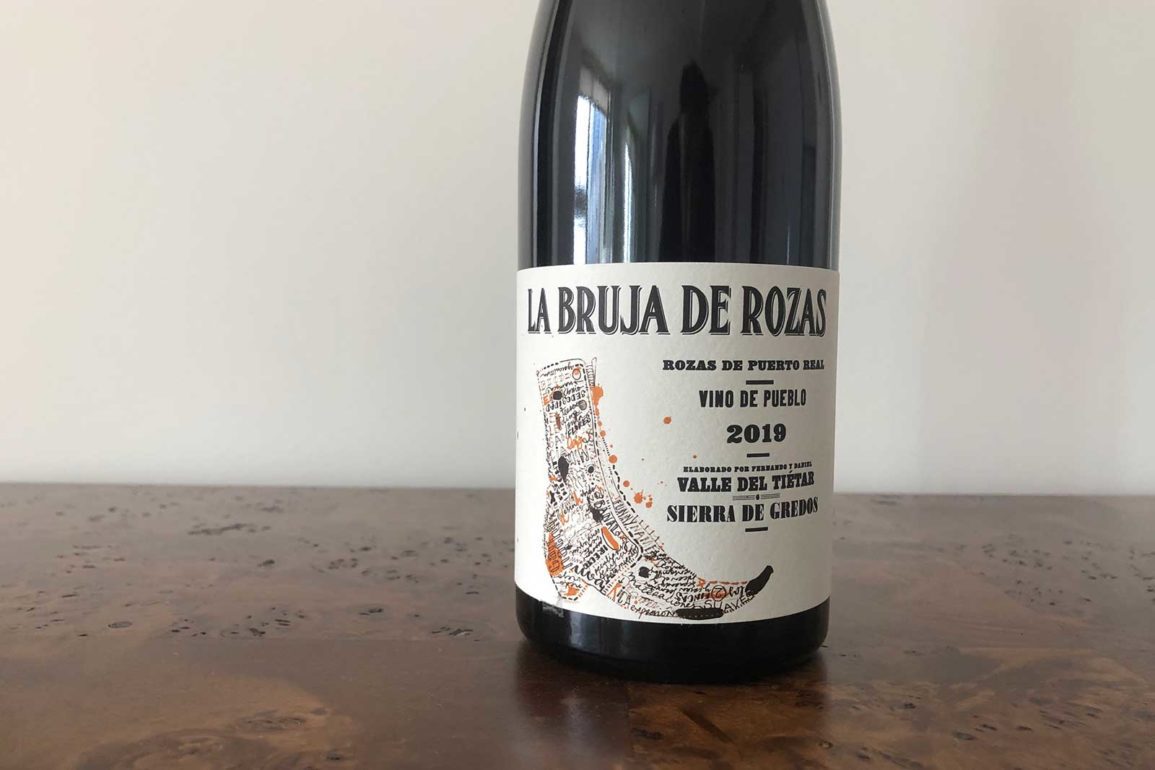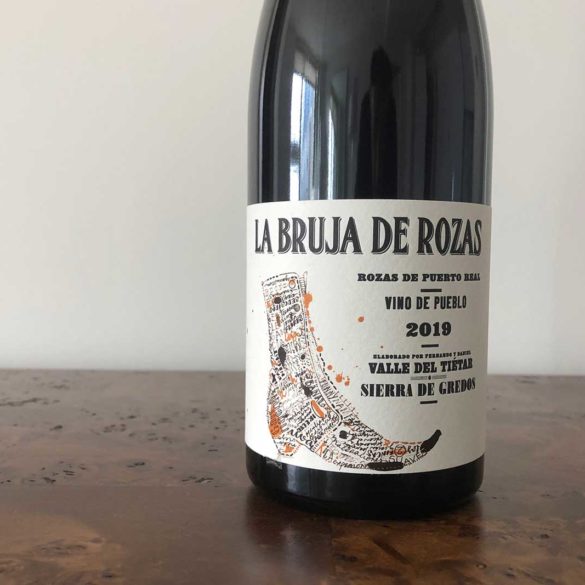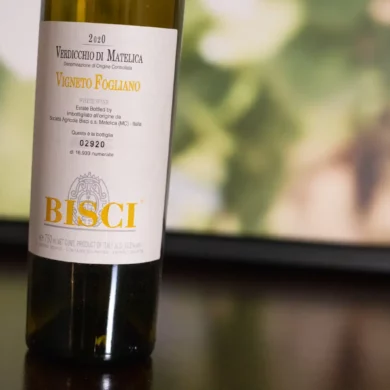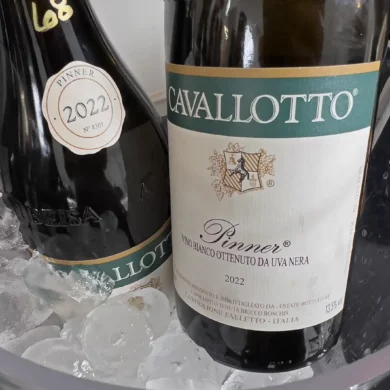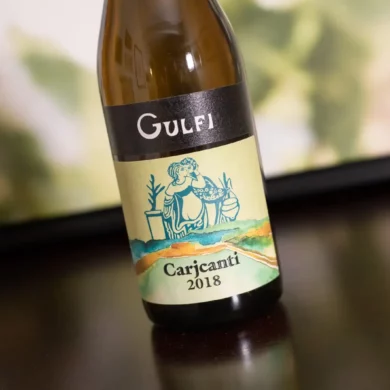Every now and then I come across a wine that I wish I could keep to myself. I sometimes try to explain this impulse away with some ostensibly noble justification, but the fact is my motives are purely selfish. I want the wine to remain affordable (to me) and readily available (to me), and I want the cachet that comes with being in-the-know. It’s the wine equivalent of “I was listening to your favorite band before they were popular.” I want a monopoly on this or that bottle and whatever cool factor it imparts when I pour it for one of my wine-savvy friends or introduce it at a dinner party.
I want the wine to remain affordable (to me) and readily available (to me), and I want the cachet that comes with being in-the-know. It’s the wine equivalent of “I was listening to your favorite band before they were popular.”
Comando G “La Bruja de Rozas” was one of those bottles for me. After “discovering” it several years ago while dining out with friends, I thought I’d scored a serious coup. For me, the label prompted more questions than it answered. Who or what is a Comando G? Where are the “Sierra de Gredos?” Is this wine — focused, elegant, and unmuddled — really 100% Spanish Garnacha? How is this possibly retailing at my local wine shop for a startlingly affordable $25?
It didn’t take long for me to discover that Comando G is anything but under-the-radar. Everyone from The New York Times to JancisRobinson.com had written about these fresh, lively Spanish Garnachas with a distinctive mineral core. The winery’s 2016 Rumbo Al Norte — its top-tier, single-vineyard expression harvested from 70-year-old vines — had even scored a perfect 100 points from the Wine Advocate, landing what is arguably the most mainstream (and least punk-rock) accolade in winemaking.
The more I researched, the more I realized that Comando G may not be my secret, but it’s still my secret weapon. I continue to dutifully deploy these wines during dinner parties, barbecues, evenings at home with my partner, and pretty much anywhere else I get the notion. Though somewhat harder to find than it used to be and, accordingly, slightly more expensive, Comando G’s very excellent “village-level” La Bruja de Rozas remains an excellent value and a versatile anytime bottle. It still retails at my local wine shop at a decisively more attractive price point than many bottles of far-less-interesting Châteauneuf-du-Pape.
Affordability isn’t what makes these “Garnacha de Gredos” wines so special, however. If profit were the only motive for coaxing Garnacha from the inhospitable slopes of the Gredos Mountains west of Madrid, viticulture there likely would’ve dried up generations ago. Terraced into precipitously steep hillsides, the vineyards from which Fernando García and Daniel Gómez Jiménez-Landi (the duo behind Comando G) source their grapes are difficult to manage and unreachable by modern agricultural machines. For many decades, the stewards of these vines made the long trek uphill through cold winters and warm summers to tend their Garnacha by hand. They would then sell the fruits of this exhaustive labor for little (if any) profit to a local co-op — the only available customer — consigning them to forgettable cameos in nameless blends.
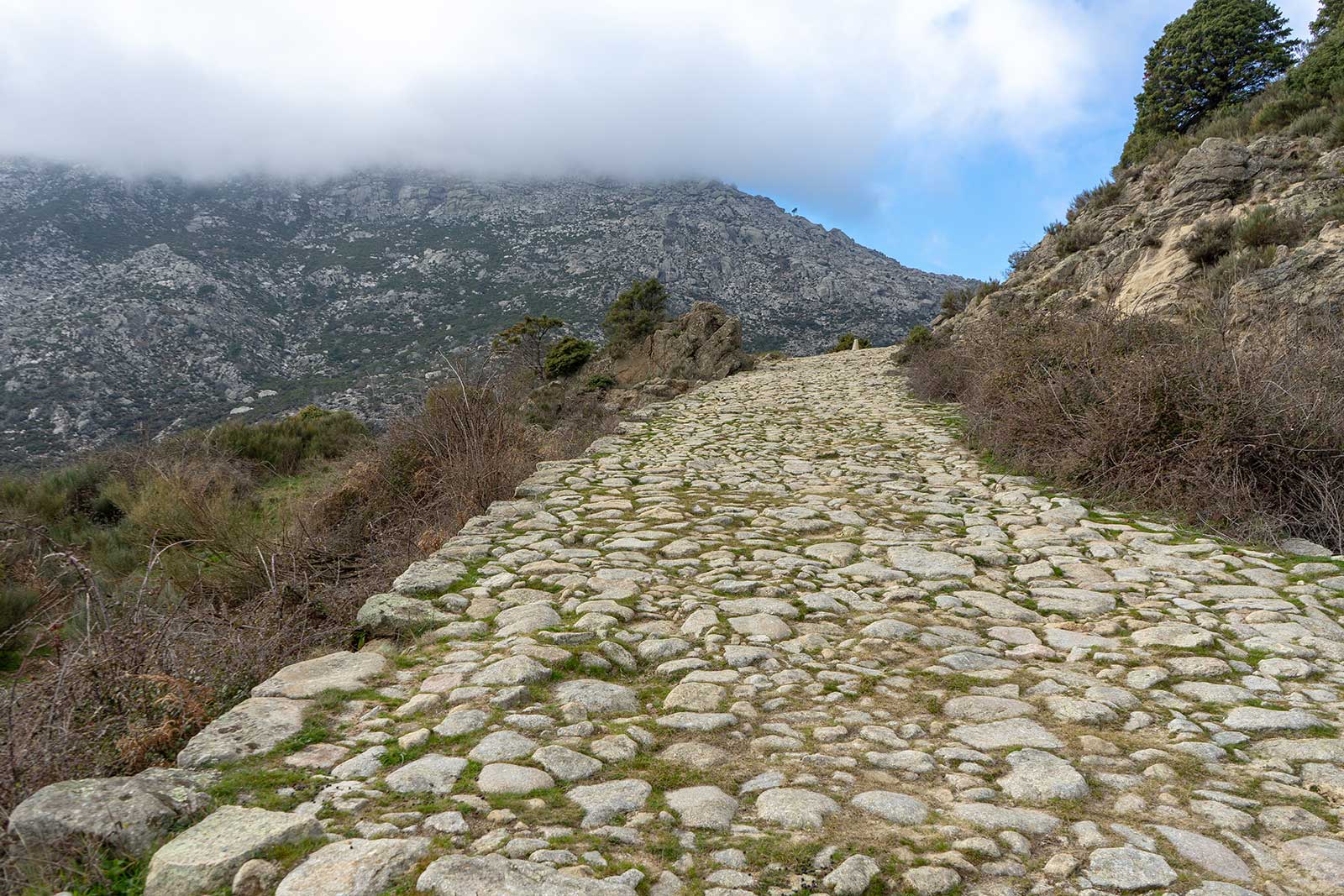
Over the past 15 years, García and Landi — alongside a small but dedicated group of like-minded winemakers in the region — have set about recasting this very same old-vine Garnacha in a starring role, resurrecting several of the region’s hard-to-reach vineyards, some of which only existed as rumors prior to Comando G seeking them out. The vines they’ve located, purchased, and/or leased among the Gredos range from 50 to 80 years old and sit at high elevation upon readily-draining granite, slate, and quartz soils. A milder climate — relative to the scorching Spanish summers at lower elevations — ensures a longer growing season and ultimately more modest alcohol levels in the finished wines, all of which are produced via organic and biodynamic practices.
Garnacha in the hands of Comando G speaks clearly and has plenty to say. Not least: “Can you believe something this beautiful was hiding up here in these rugged hills all along?”
Philosophically, García and Landi take inspiration from the winemakers of Burgundy, embracing a terroir-centric approach that attempts to capture the subtle changes in elevation, sunshine, and soil from village to village and parcel to parcel. Stylistically, they’ve created something unique to Gredos and to Spain: single-variety Garnacha wine that is elegant, nuanced, terroir-driven, and increasingly sought-after. No longer a simple workhorse grape destined for fruity, oaky, muddled, supermarket blends, Garnacha in the hands of Comando G speaks clearly and has plenty to say. Not least: “Can you believe something this beautiful was hiding up here in these rugged hills all along?”
As such, the wines García and Landi have produced since 2008 under the Comando G label aren’t simply casting Spanish Garnacha in a new, more favorable light. They are, in some ways, rewriting the book. While most prestige Grenache aspires for long-lived ageability, the more delicate style of Comando G’s La Bruja de Rozas is perfectly drinkable upon release, though there’s certainly no harm (and something to gain) in letting it sit on the shelf for a few years. It’s not like it’s going to lose its cool factor in the interim. Comando G isn’t just the band you were listening to before it was popular. It’s the artist that redefined a genre.
2019 Comando G La Bruja de Rozas
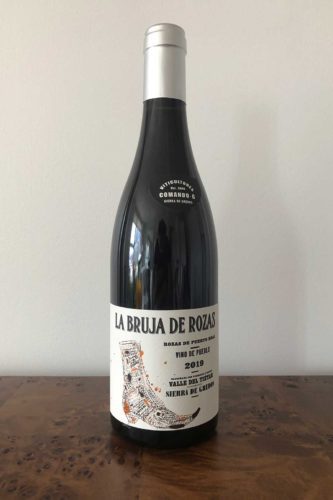 Vinos de Madrid DO (Castilla y Léon)
Vinos de Madrid DO (Castilla y Léon)
Grapes: Grenache (100%)
Alcohol: 14.5%
Opinion: ★★★★ 3/4 (out of five)
Food-friendliness: Versatile
Value: Very Good
Learn more about our wine icons.
A beginner might like … a street-cred wine at an extremely affordable price point. Plus, it’s medium bodied with soft and ever-so-slightly sandy tannin and absolutely humming with lively red fruit — all things that give it great range when it comes to food pairing. It’s a true “anytime wine” that doesn’t require a ton of thought when serving.
A wine obsessive might like … experiencing a new side of Garnacha/Grenache. The Southern Rhone offers no dearth of nuanced Grenache-heavy blends, and even closer to Gredos in Priorat you can find winemakers taking Spanish Garnacha to new places stylistically. The free-draining sandy granite soils and windswept, elevated slopes of the Sierra de Gredos put their own unique stamp on this region’s wines, offering up a distinct profile that will make granite fans salivate.
Paying talented contributors like Clay Dillow requires your support. Thank you for subscribing to Opening a Bottle.
